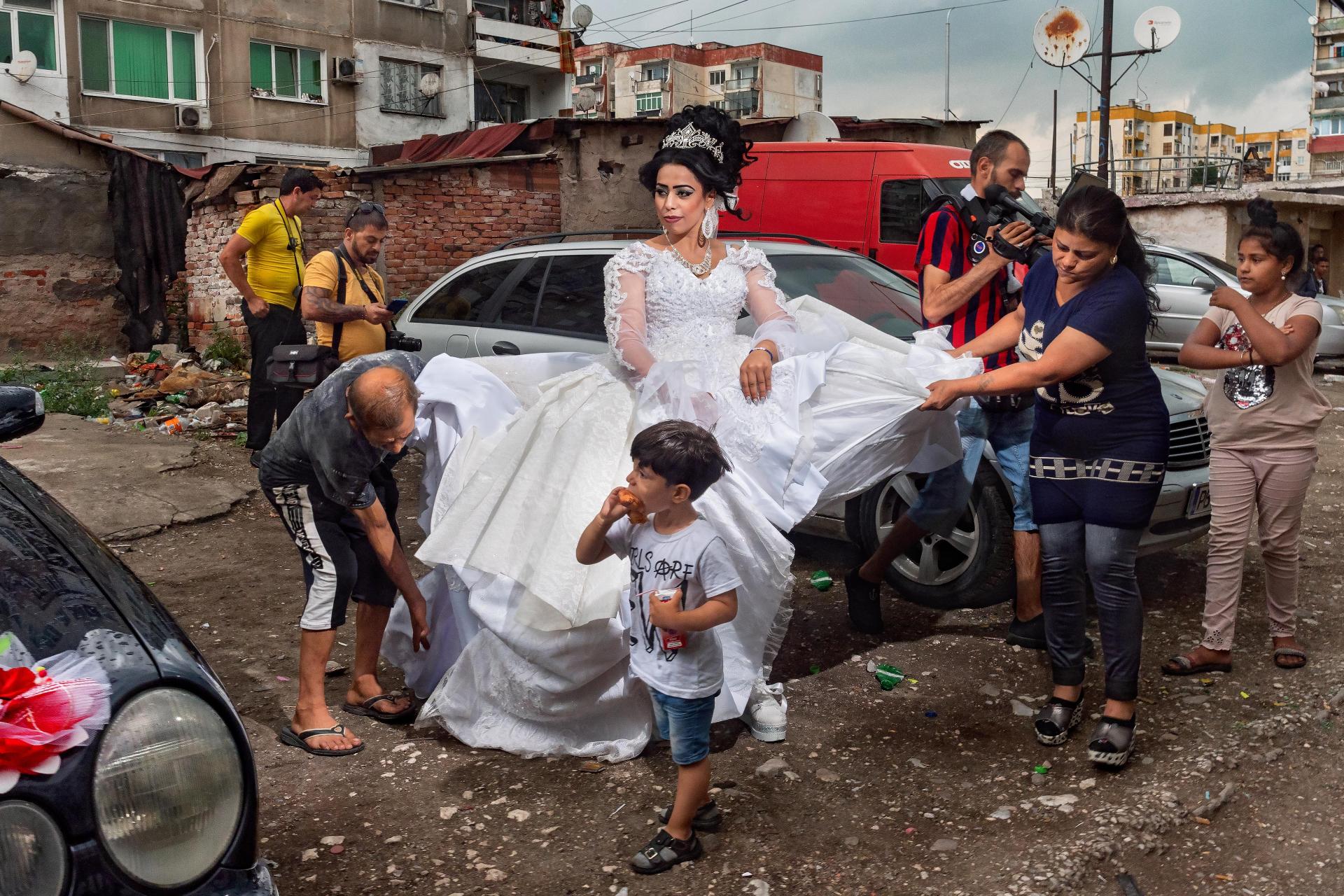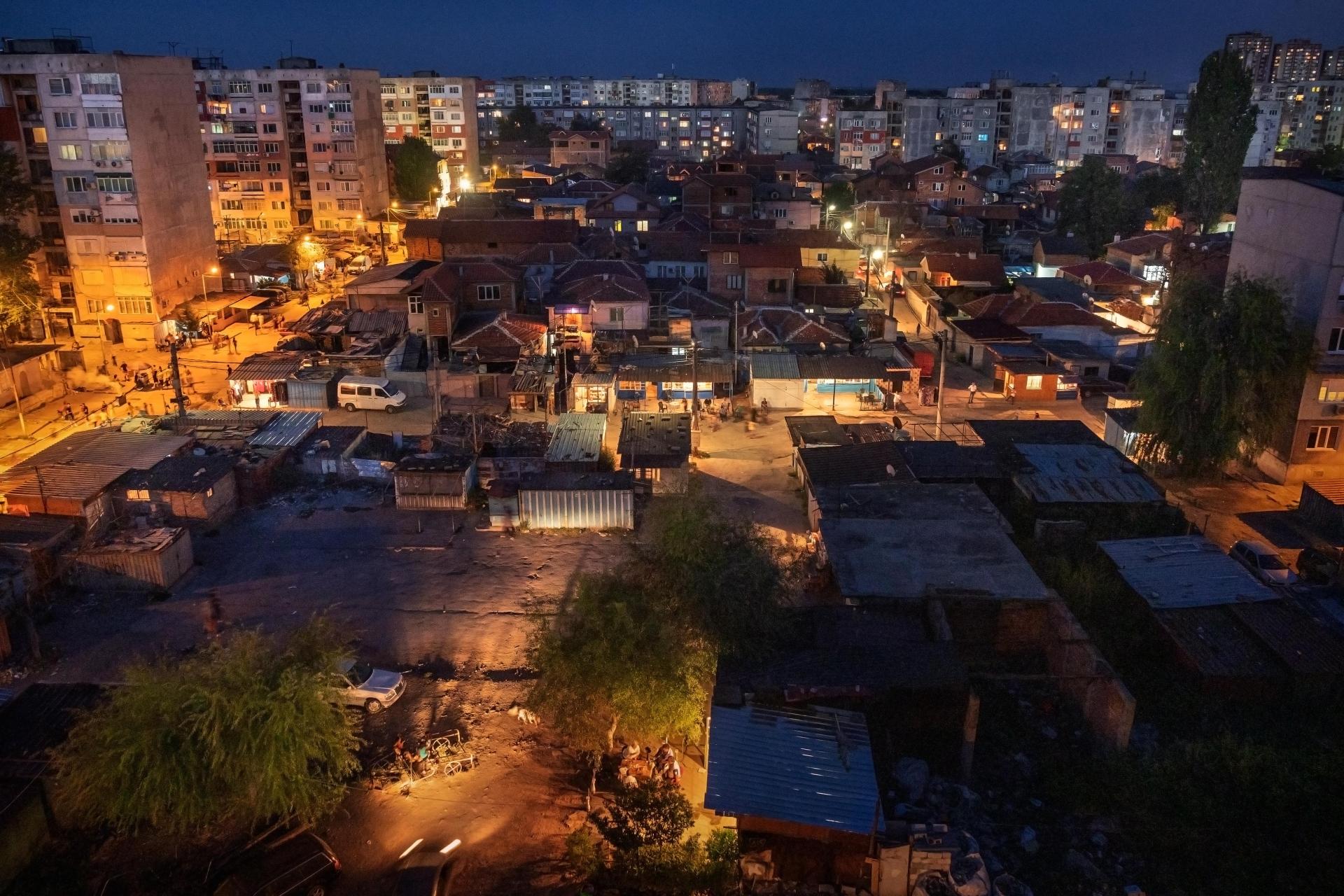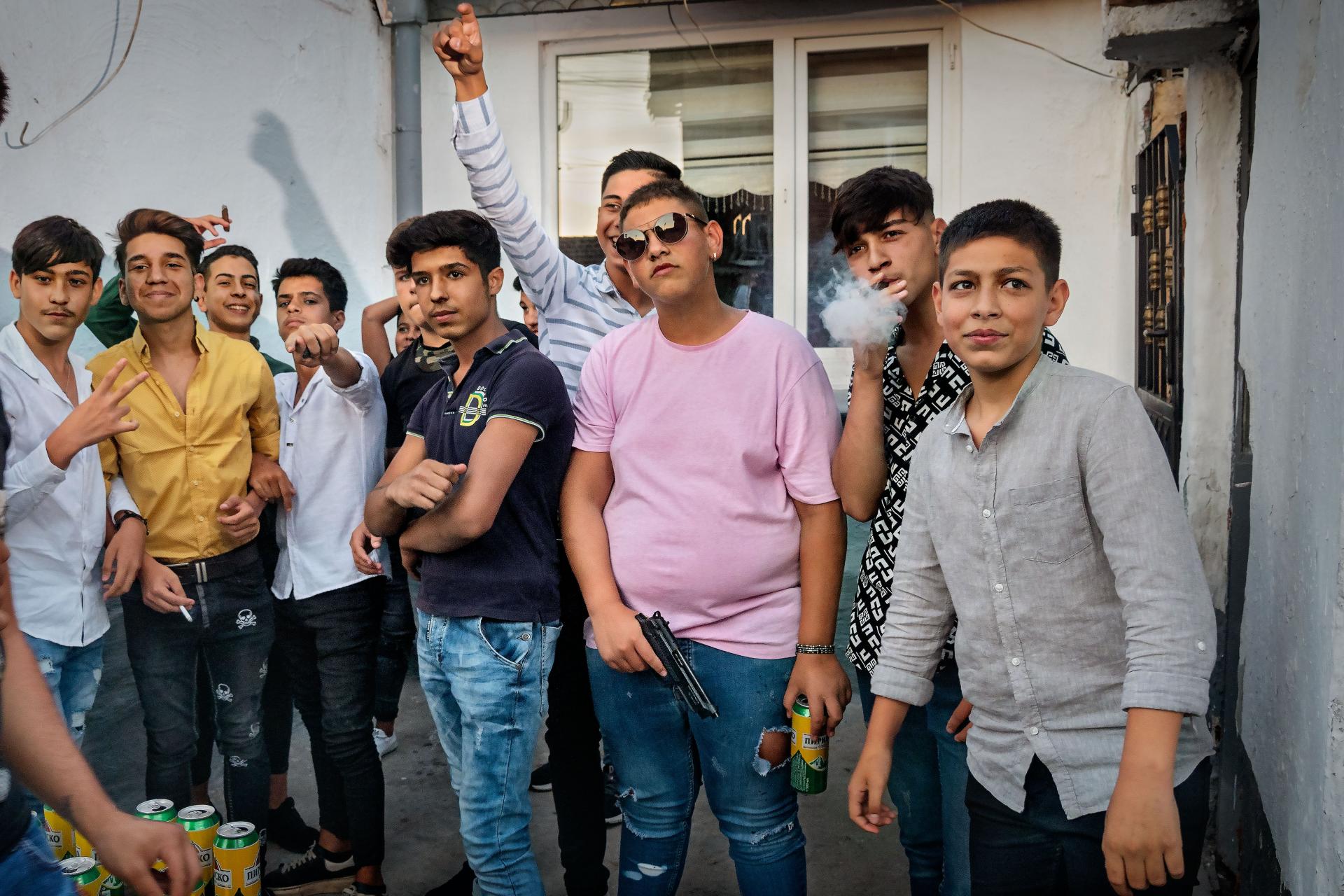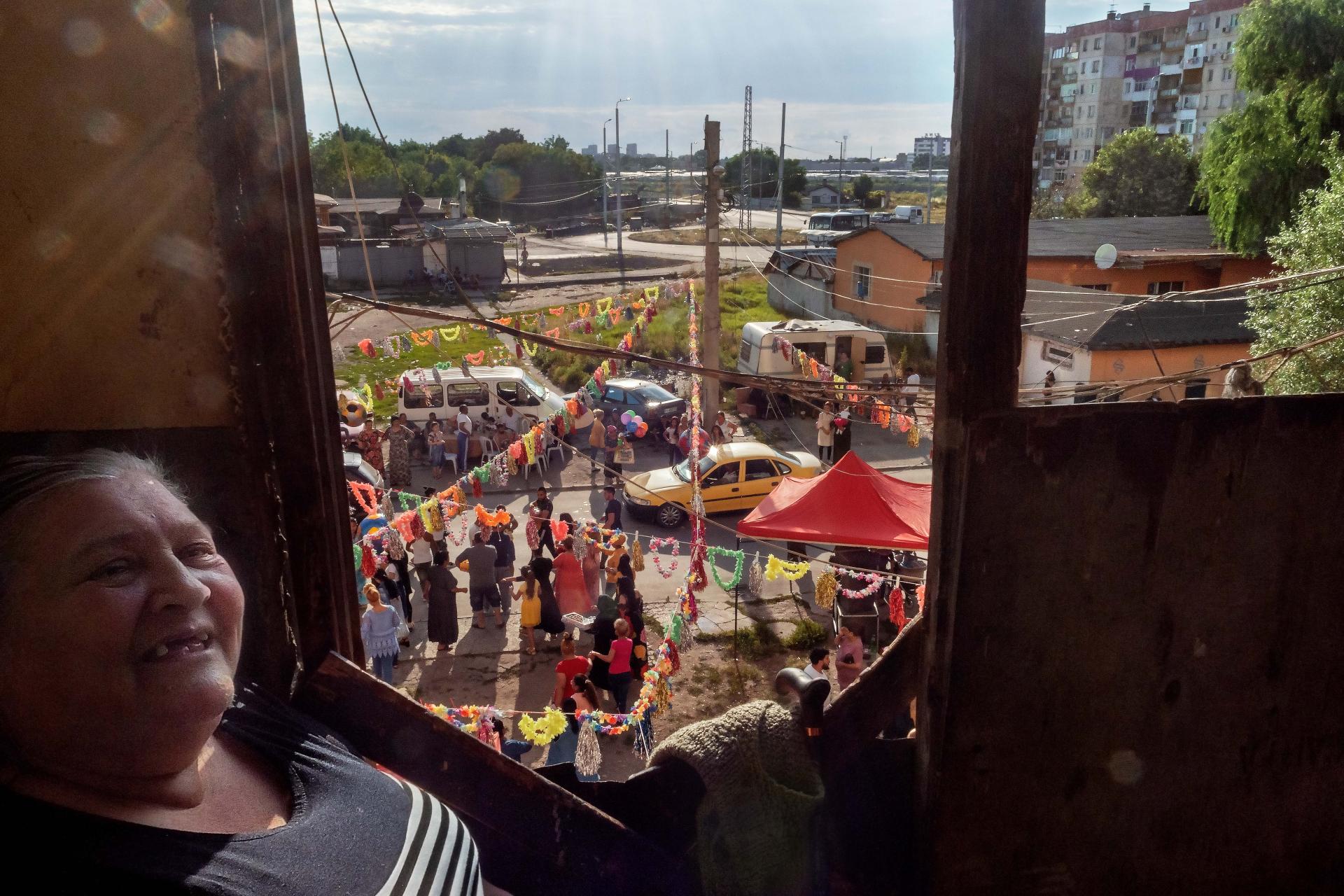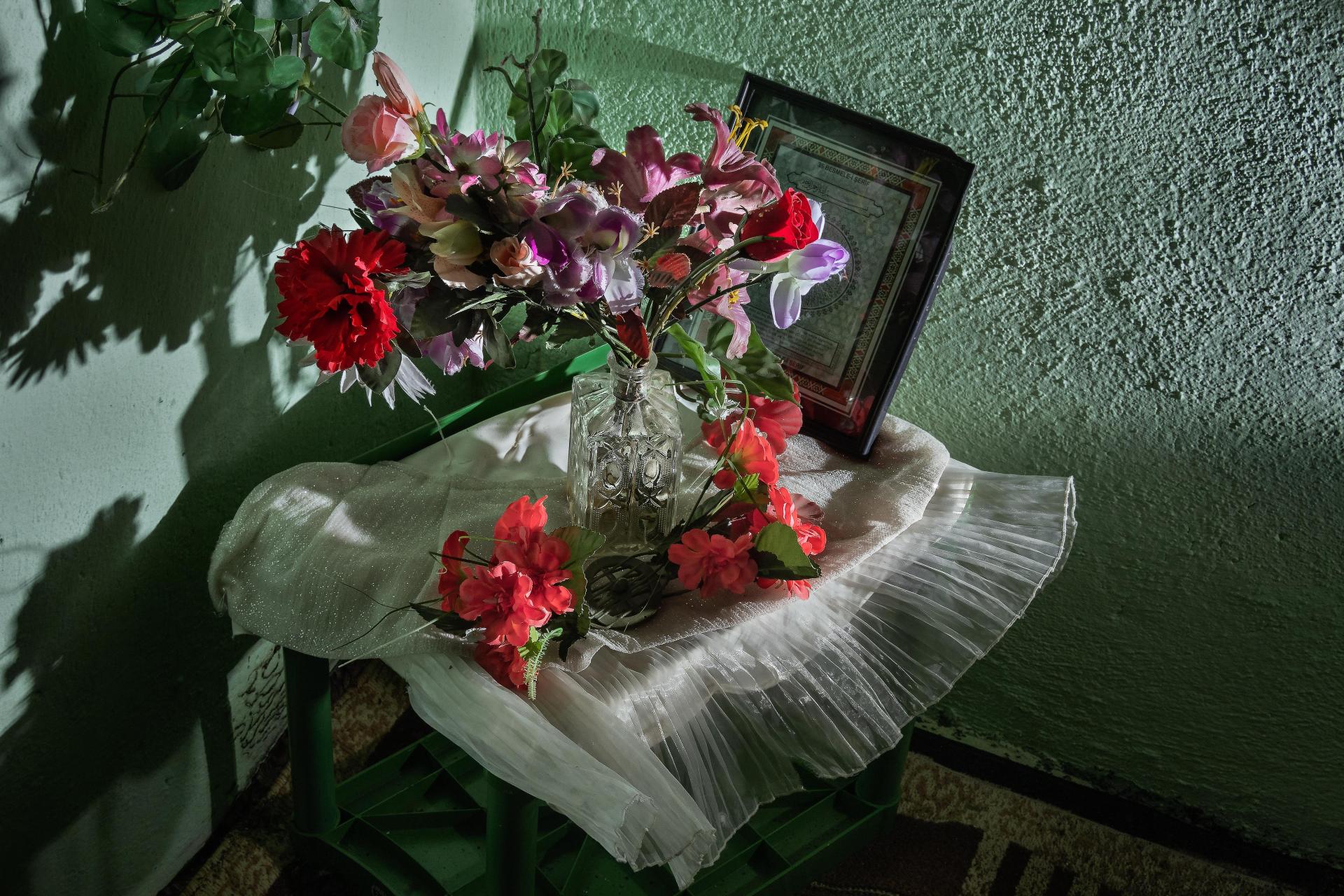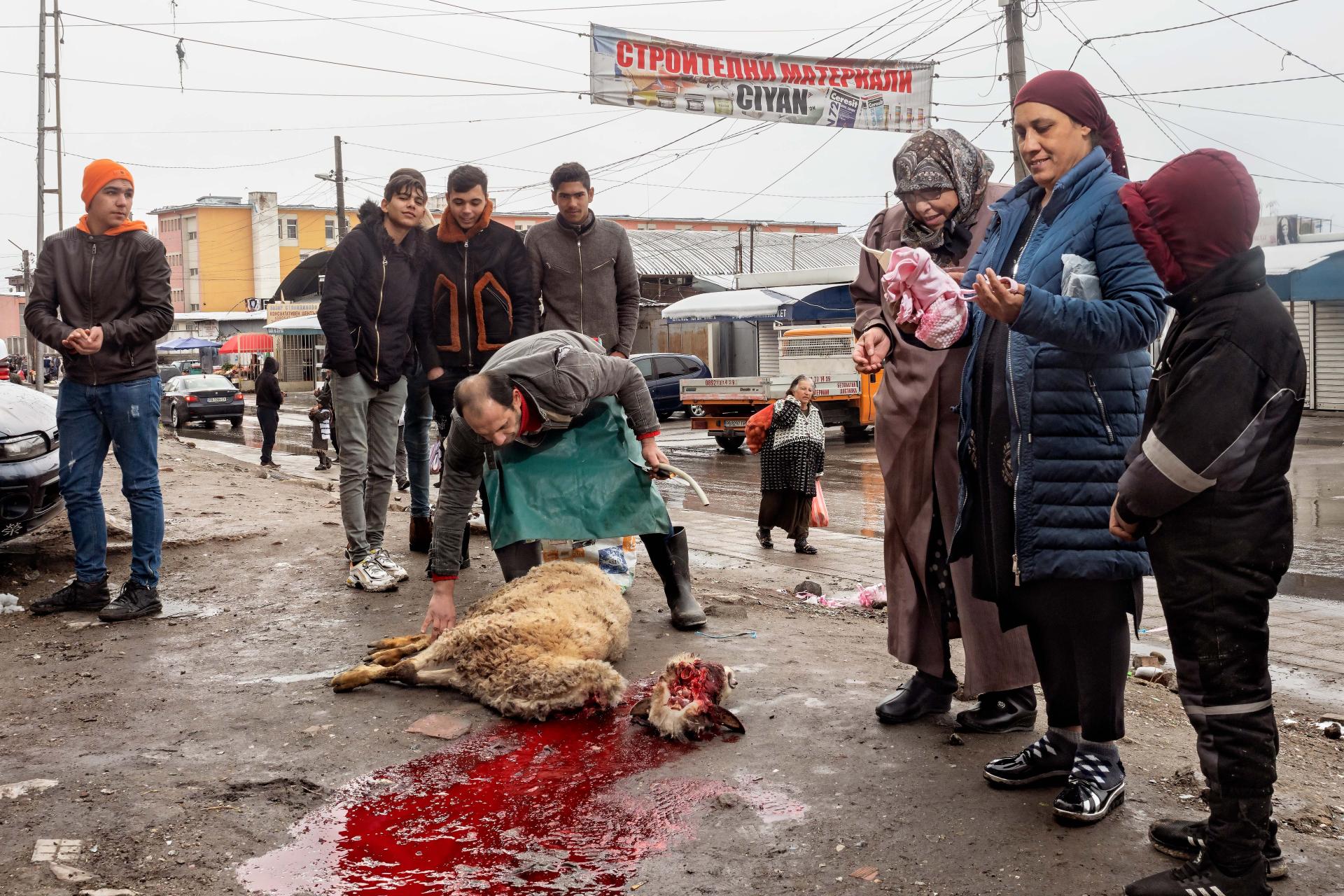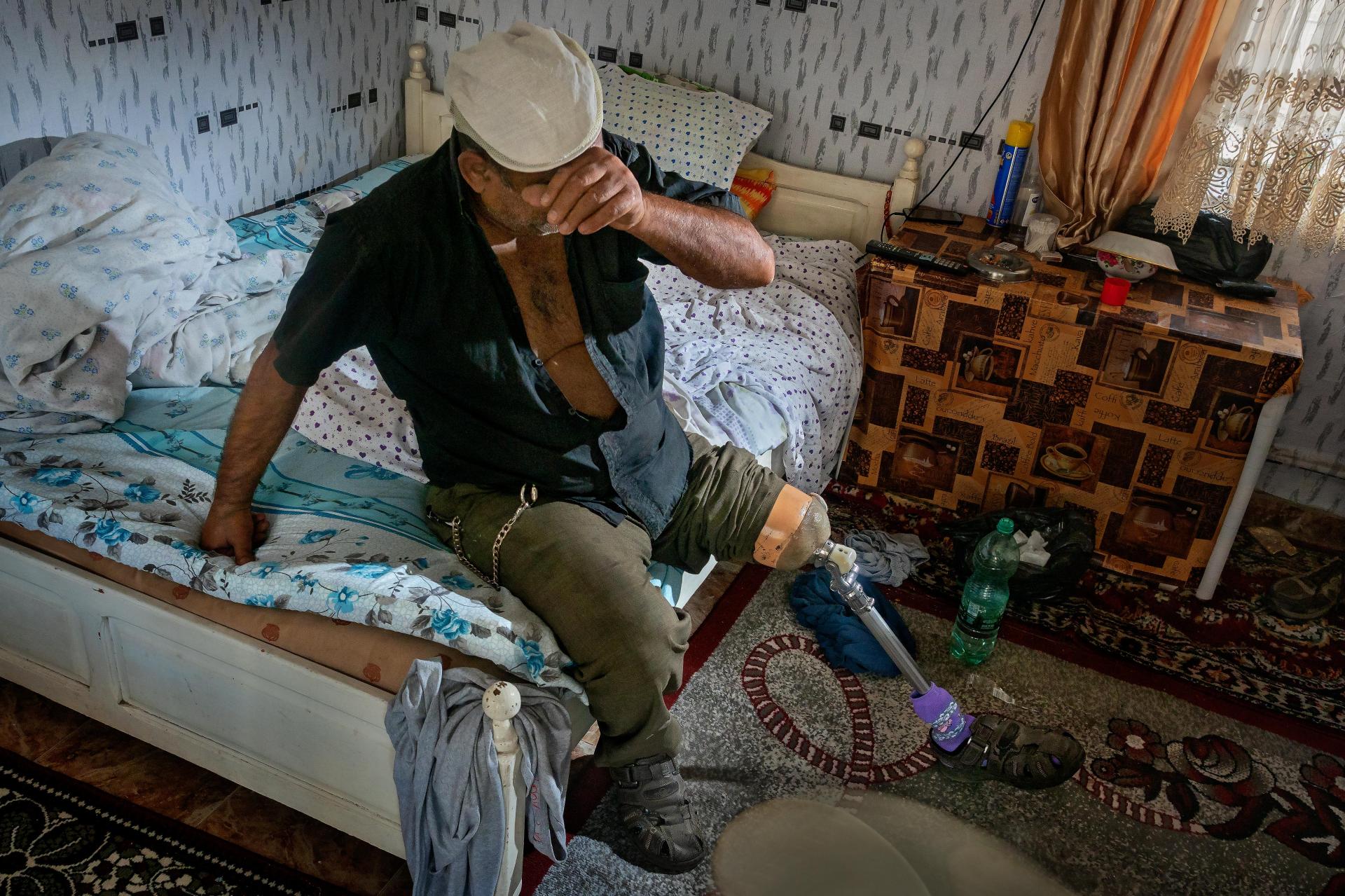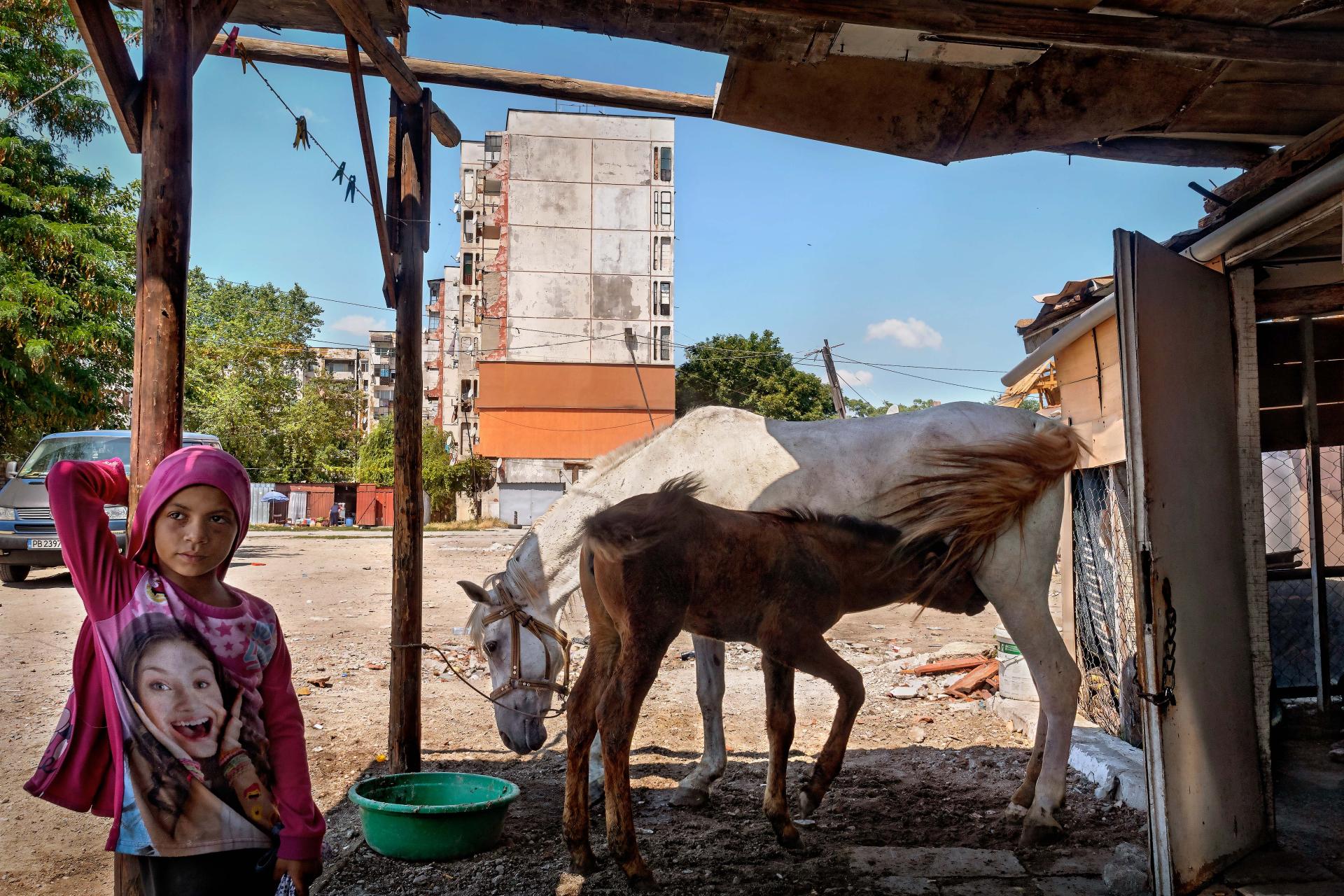
ZOR - At Europe's Biggest Gypsy Ghetto
Photographer
Selene Magnolia
Category
Editorial Photography - Photojournalism
Company
Selene Magnolia
Submission Group
Professional
Year
2022
Country / Region:
Germany
In a contemporary Europe challenged by unprecedented migratory flows, a growing urgency to preserve national identity burns not only along borders but also inside, forcing minorities into ghettos. Like wounds, these need to be healed, prevented from infecting what is around them, closed. Roma, Sinti and Gypsy communities counted in 2019 more than 11 million people, equivalent to the entire population of Belgium. However, Roma communities continue being systematically discriminated. In June 2021, a Roma man in the Czech Republic died at the hands of police officers who knelt on his neck. In November 2021, a little Roma girl in Greece died crushed by a gate, after agonising while people passed by and turned away. Stolipinovo, in Plovdiv, Bulgaria, is today the biggest Gypsy ghetto in Europe. Formerly an ordinary district of the city during communism, Stolipinovo was turned into a ghetto with the event of democracy and the resultant privatisation of industries which caused to Gypsies the loss of their jobs because of racial discrimination. The current population of Stolipinovo, now considered as an outcast by the Bulgarian inhabitants of Plovdiv, is assumed to be around 80,000 people. The inhabitants of the ghetto have Turkish cultural and linguistic roots and identify themselves as Turks. Although the most common religion is Islam, the community of Stolipinovo has a diverse religious panorama, including paganism, and different religious identities coexist within the community. The social structure is based on family, strongly defined gender roles and a system of internal hierarchies, which rely on community gained respect and wealth. Cultural traditions are a core part of the system of values: life events are celebrated openly, mostly on the streets, and shared within the whole community. Historically discriminated and stereotyped as in contrast with Bulgarian culture, the inhabitants of the gypsy ghetto of Stolipinovo live in squalid decay and daily social, housing and health emergency. Surrounded by hostility and in an atmosphere of generalised awakening of nationalist sentiments, Stolipinovo is a portrait of systematic discrimination in Europe in our century.
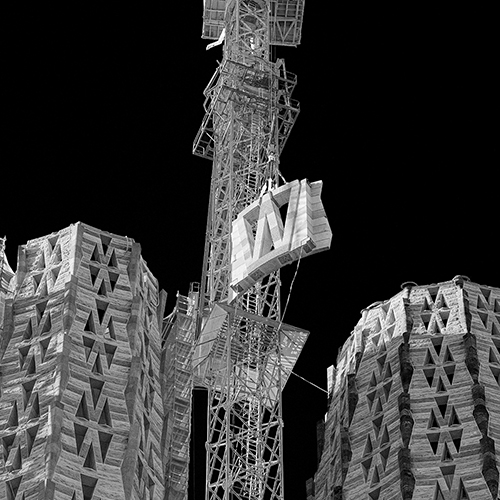
Photographer / Company
Glenn Goldman
Category
Architecture Photography - Abstract
Country / Region
United States


Photographer / Company
Adam Crews
Category
Black & White Photography - Landscapes
Country / Region
Australia

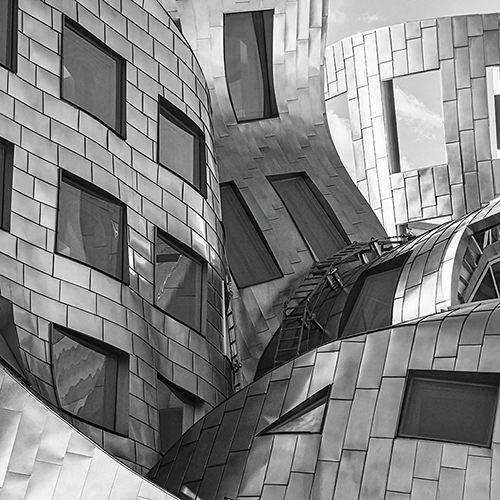
Photographer / Company
Glenn Goldman
Category
Architecture Photography - Industrial
Country / Region
United States

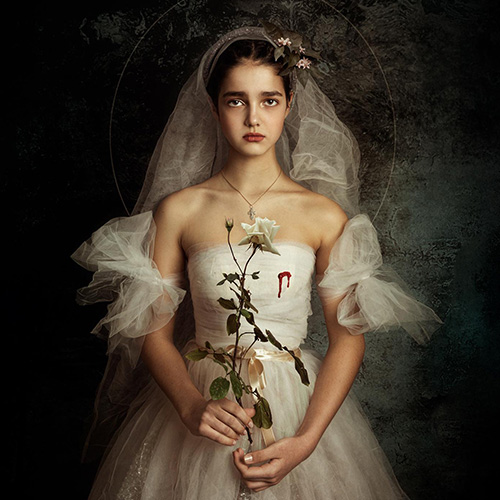
Photographer / Company
Svetlana Melik-Nubarova
Category
Fine Art Photography - Portrait
Country / Region
Turkey

